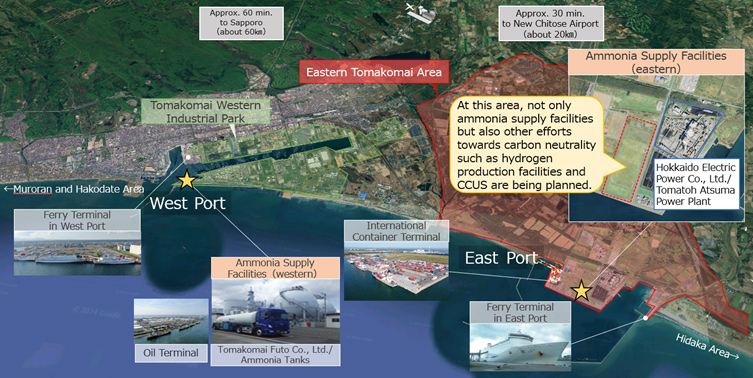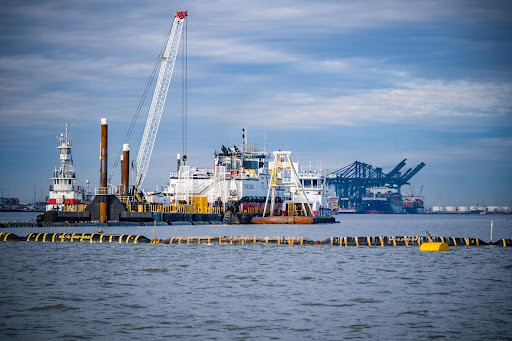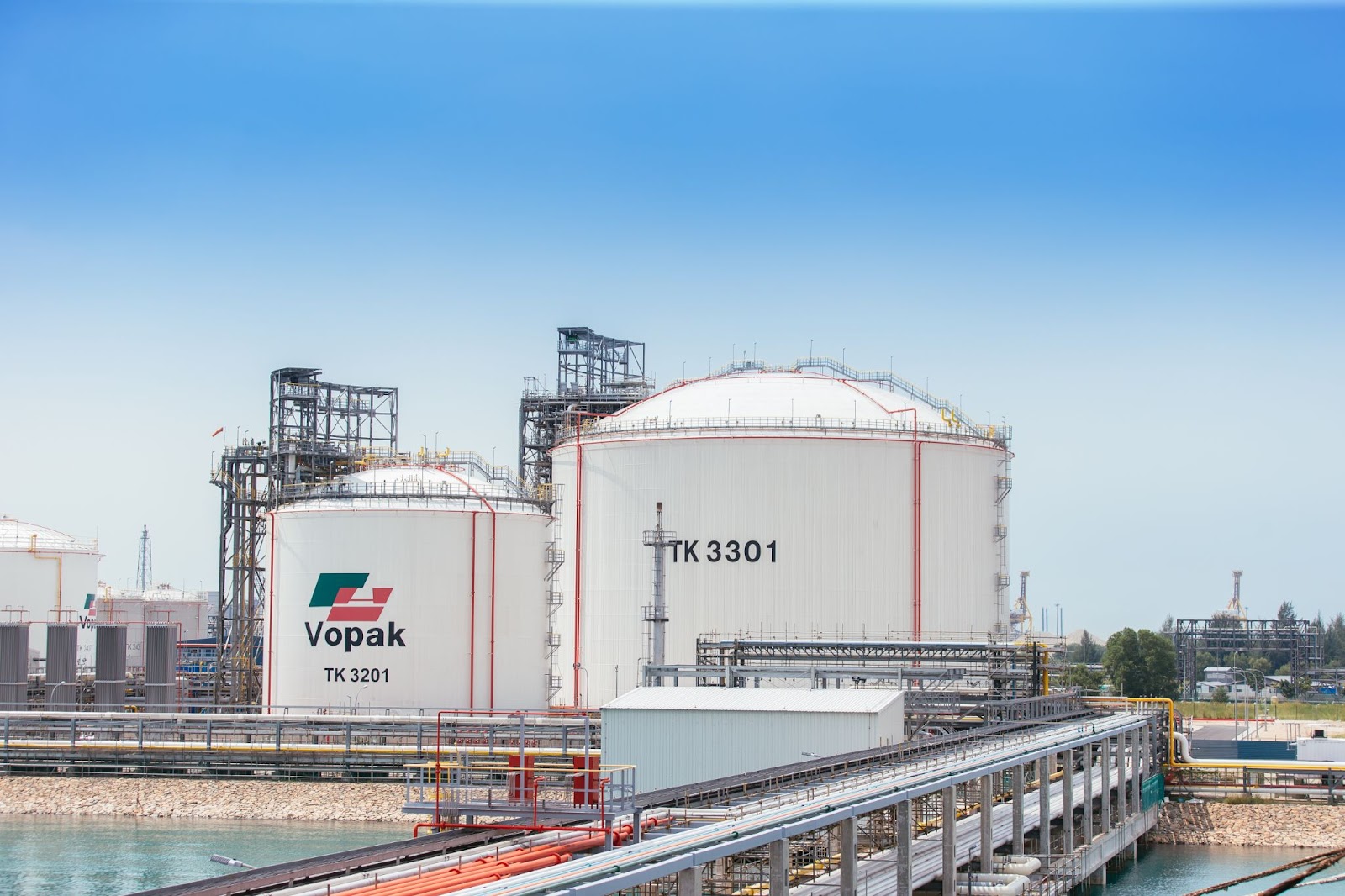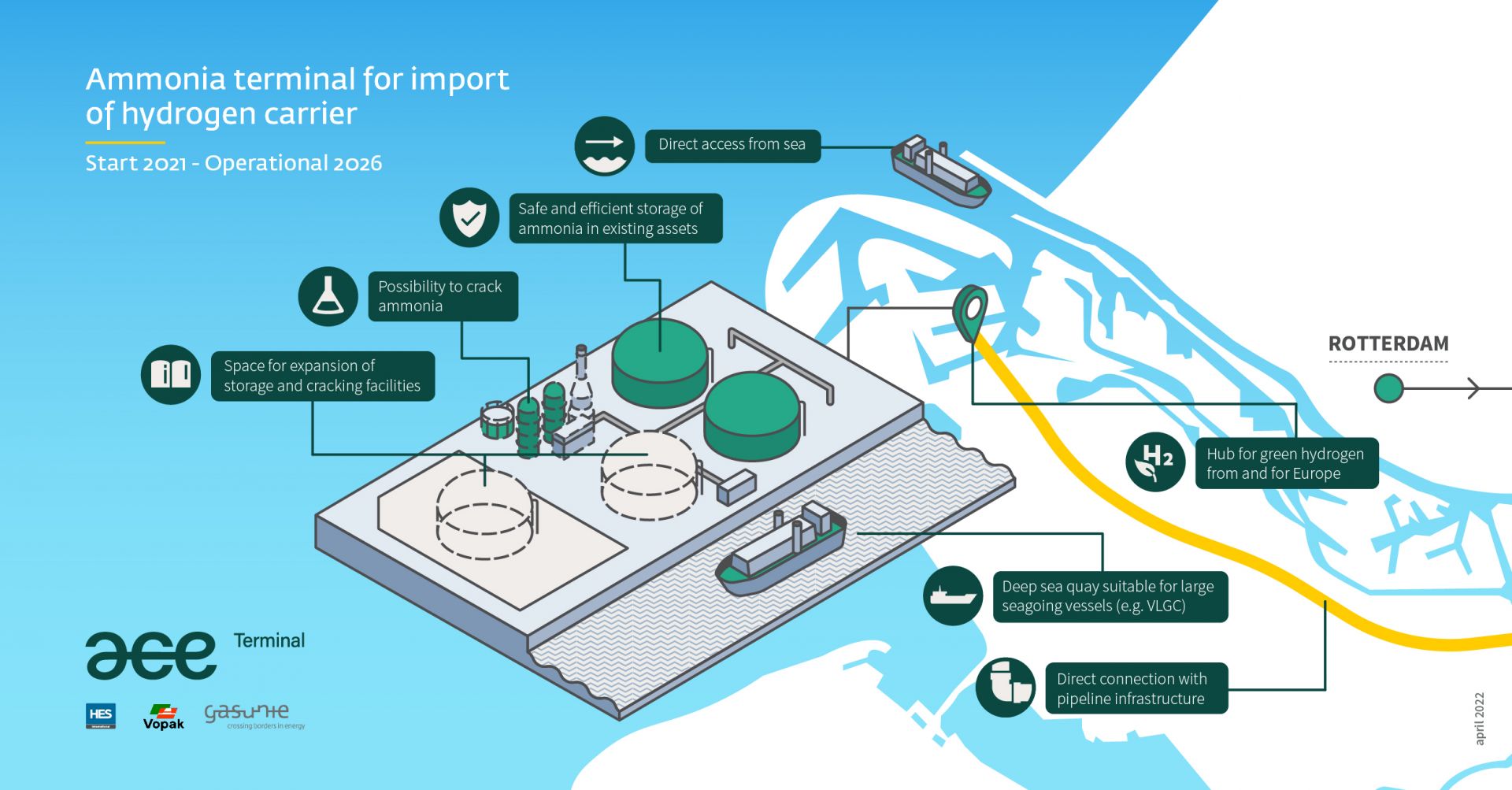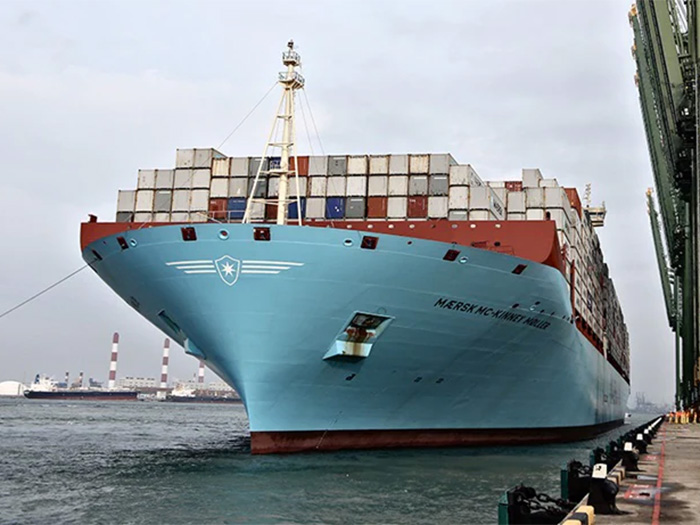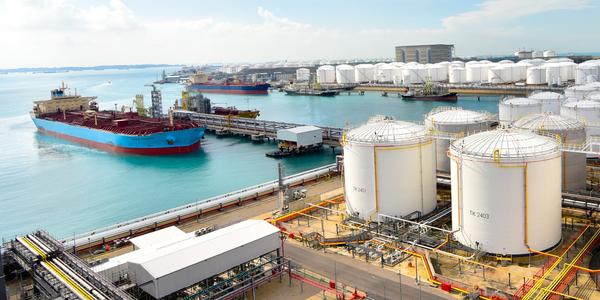
Multiple ammonia import bases are under development in Asia. In Singapore, Vopak and Air Liquide will explore new infrastructure on Jurong Island. In South Korea, Ulsan Port Authority and NGO Pacific Environment will cooperate to accelerate the transition of Ulsan into an “eco-friendly” port. And in Japan, IHI will lead two study consortia exploring new supply and distribution hubs in Hokkaido and Fukushima.
